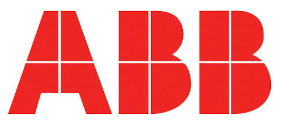The earliest known industrial robot, conforming to the ISO definition, was completed in 1938. The first robotics patent was filed in 1954 (and granted in 1961). The “Stanford arm” was invented in 1969 and the designs were sold to General Motors. By 1984, industrial robotic systems were standard in automobile manufacturing.
Today, industrial robotic systems are performing typical applications such as welding, assembly, disassembly, pick and place, packaging and labeling, palletizing, production inspection, and testing. Notably, all of these tasks are also required in cell and gene therapy drug product manufacturing.
The rich history of robotic systems being applied to assembly line manufacturing is a tailwind for rapid industrialization of cell and gene therapy – and G-Rex is a robot’s best friend.
As you can see from the video on the right, robotic handling of G-Rex devices has always been part of our vision for the future of T cell therapy manufacturing. While the nature of the robot and some minor details of the process are different, the prescience of this vision has now become reality through our many partners driving the robotic autonomation of G-Rex devices.

- G-Rex100M-CS AutoM, (G281100-A)
- G-Rex100M-CS AutoM, RUO, (RUG281100-A)
The simplicity of G-Rex enables rapid iteration of new models into sophisticated liquid handling solutions that streamline the flow of the drug substance through the robotically autonomated assembly line.
The device on the left shows a G-Rex with “end of arm tooling” that enables the robotic arm to pick up, handle, and maneuver the G-Rex device – including inoculating cells, media, reagents through sterile welding and connections.
All the internal tubing lines are fixed, as well as fixed sterile connections for stable access. The device functions in the same core way manner as any other device in the G-Rex platform, enabling continuity and therefore clarity & understanding, standards & comparability, control and continuous improvement.
Our Partners in Robotic Autonomation



